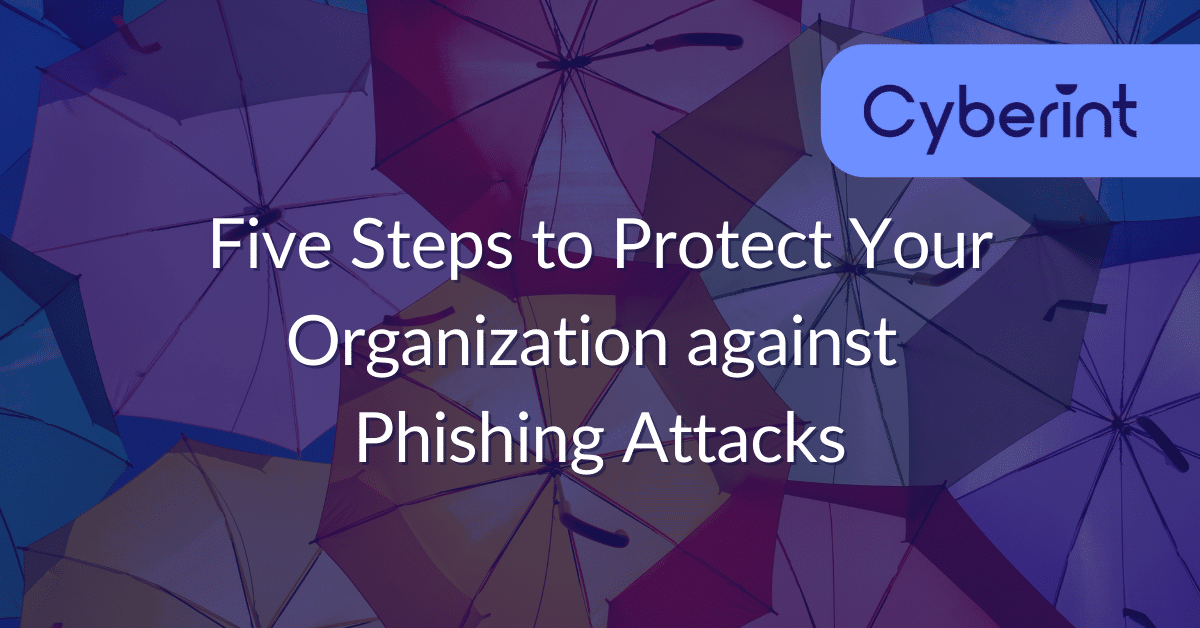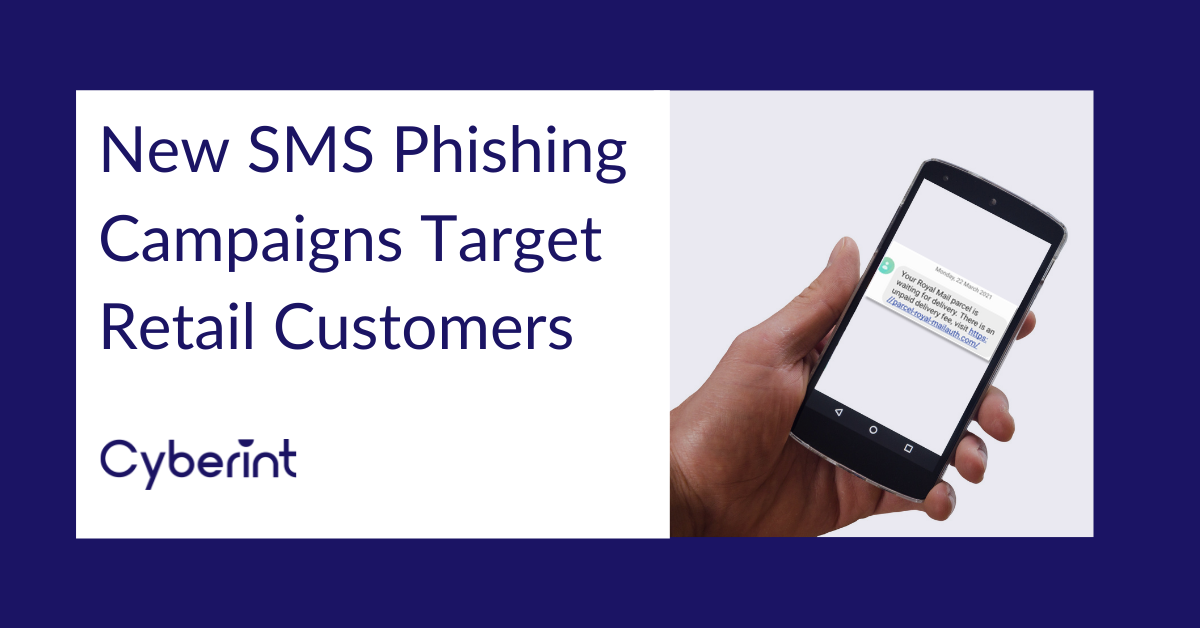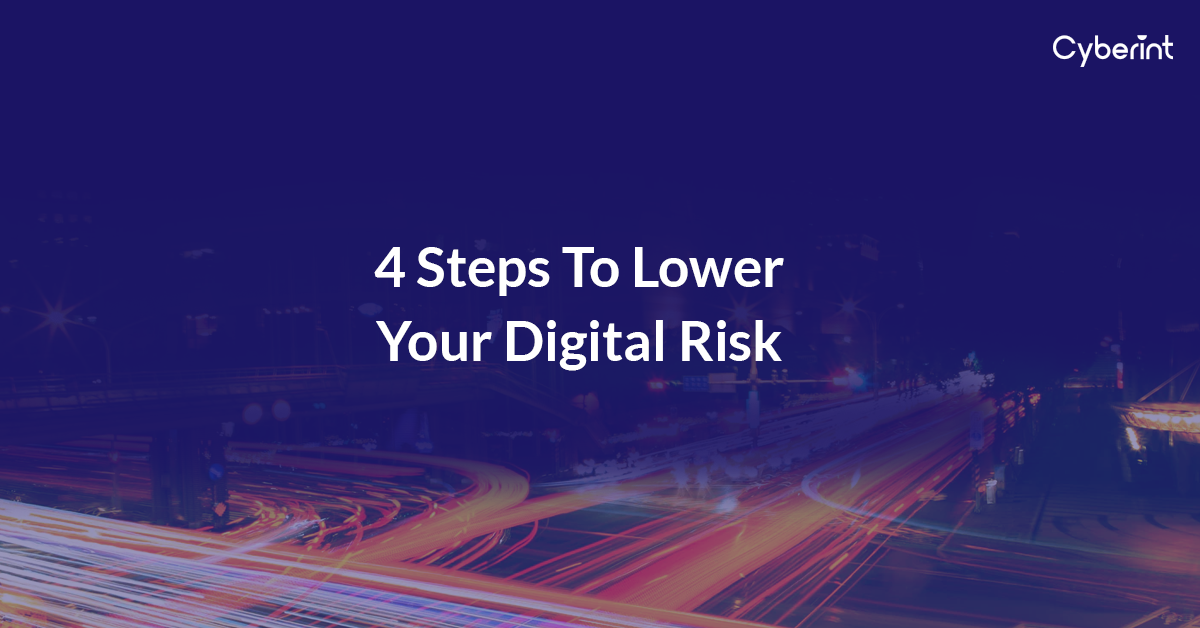


Highly motivated, problem solver, dot connector, energetic multi-dimensional & professional management with commercially oriented, customer service skills & PMO abilities in high-growth, fast-paced organizations.
The rise in cybercrime has accelerated 600% over the last three years, and shows no signs of slowing down. Even though the pandemic accelerated online services, data, and particularly vulnerable home networks, the truth is that cybercriminals are caught only 0.03 percent of the time. That rate, combined with the fact that the average cost of a data breach stands at $3.86 million makes for an attractive calculation for cybercriminals. Their preferred method in more than one-third of cases is the easily deployable and often undetected method of phishing. Organizations need to reevaluate their cybersecurity strategies and adopt an offensive, proactive approach to counter the threat effectively.
Here are a five key steps that companies can take to stop phishing before it happens:
121 business emails are sent and received per person daily, according to experts. This makes email a top target for threat actors. One of the most effective ways to prevent phishing attacks is to conduct regular cybersecurity awareness training for all employees in your organization. For example, adopting a zero-trust model across the board is critical to every organization’s cybersecurity strategy. Employees must learn to verify before they trust and “think before they click,” as the CISA puts it.
Phishing awareness training will help your employees recognize the various tactics that attackers employ to deceive them into supplying sensitive information. It will also ensure they know what to watch out for and let them understand the importance of reporting such situations early enough.
Also known as 2-factor authentication (2FA), multi-factor authentication (MFA) is a phishing prevention method that requires additional information to verify a user’s authenticity. MFA adds an extra layer of security that makes cracking your passwords almost impossible for hackers.
Even when you try to visit a trusted website, MFA double checks to verify it is you by asking for information that only you can know. This verification process comes in the form of any two or all of the following:
“Implementing multi-factor authentication on your accounts makes it 99% less likely that you’ll get hacked,” notes the CISA.
Software vulnerabilities are a goldmine for hackers who know exactly when to take advantage of unsuspecting victims. Vulnerabilities can lead to security holes or weaknesses in your applications or operating systems. Cybercriminals exploit these vulnerabilities, created by software bugs, to install malware that steals passwords or deletes data on a users’ computer. The repercussions can extend far and wide, as today’s platforms are often shared by an organization or business. In a recent example, the Log4J vulnerability was discovered on December 9, 2021, and within hours, we saw how malware families took advantage of it and added it to their arsenal of delivery methods for crypto miners, trojans, and ransomware attacks.
However, there is some good news. Software manufacturers release patch updates to fix such bugs regularly. Keeping applications up-to-date is an easy but effective way to lower the risk of an attack. Enable automatic updates if they are available.
According to a recent report from the Anti-Phishing Working Group, phishing attacks in Q4 2021 have tripled since early 2020. This can largely be attributed to the trend of remote working. As phishing attacks increase, CISOs must begin to increasingly include intuitive, AI-enabled anti-phishing software applications into their cybersecurity strategies.
Using anti-phishing software is a great way to strengthen your organization’s defenses against phishing attacks. Anti-phishing solutions enable you to detect harmful links and preempt an attack by steering the user in the right directions and making sure it doesn’t happen in the first place. Not only is it important on an individual level, but its impact is many times impactful when it comes to employees in an organization, as the damage tends to be far greater with one employee leading to an organization-wide issue.
In most cases, a phishing attacker’s approach to stealing private information is to copy a target website’s HTML code and create a malicious clone. Unfortunately, traditional cybersecurity solutions struggle to detect these clones in a timely manner.
As part of Cyberint’s holistic Phishing detection solution, our unique Phishing Beacon addresses this issue proactively, by allowing organizations to add a small, obfuscated script to their websites that detects when it is being run on an invalid hosting domain, should an attacker attempt to clone them.
Companies can outmaneuver the ever-growing cybercrime sector by using Phishing Beacon to get automatic alerts revealing malicious intent, and request a phishing takedown before the phishing site is launched.
Staying ahead of cybercriminals requires proactive and strategic security measures. Organizations who factor in all the above points into their cybersecurity roadmap will not only beat bad actors to their game, but also save money and time lost to attacks, retain customers’ trust, and grow their reputation capital.
©1994–2025 Check Point Software Technologies Ltd. All rights reserved.
Copyright | Privacy Policy | Cookie Settings | Get the Latest News
Fill in your business email to start


